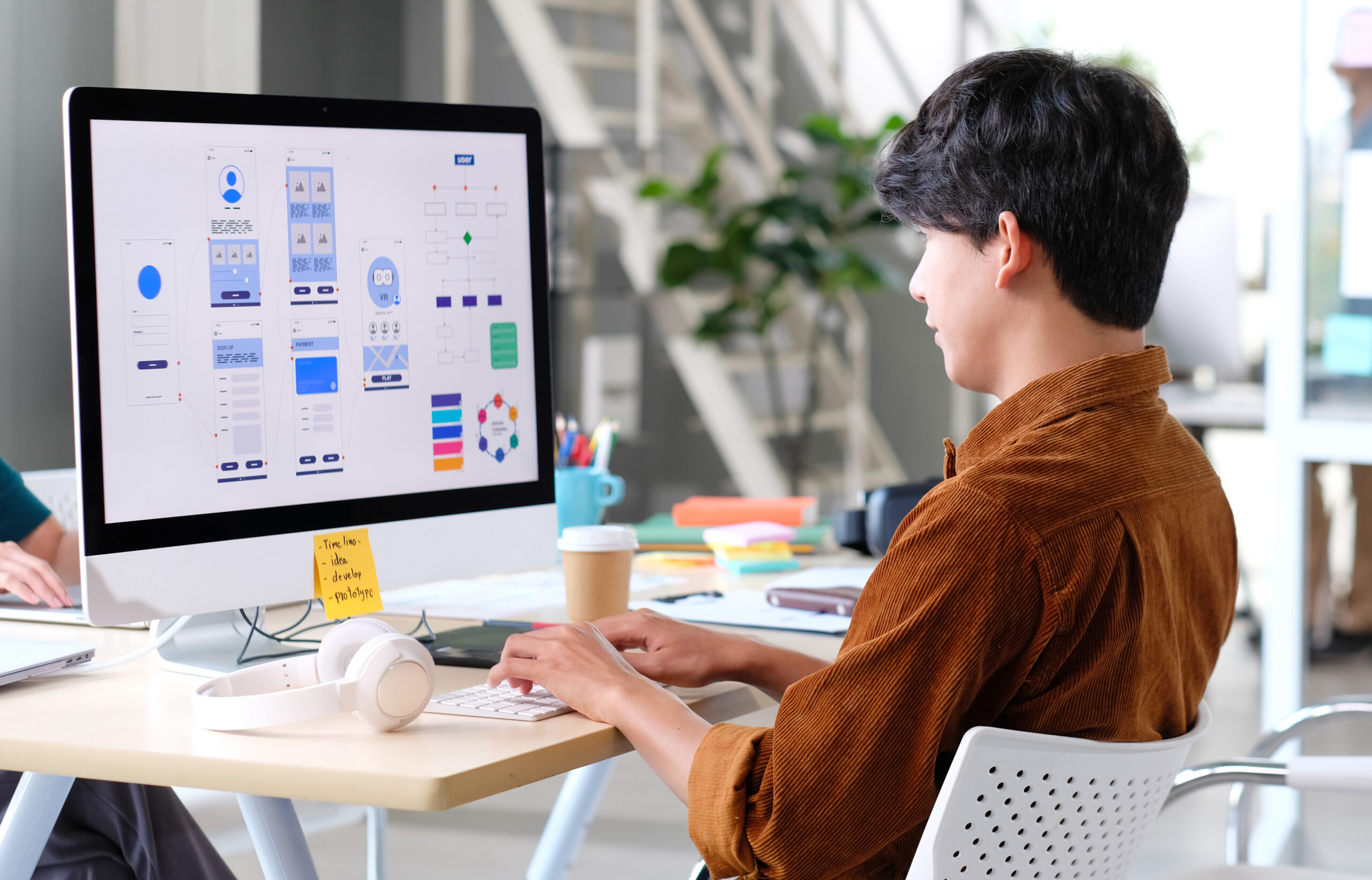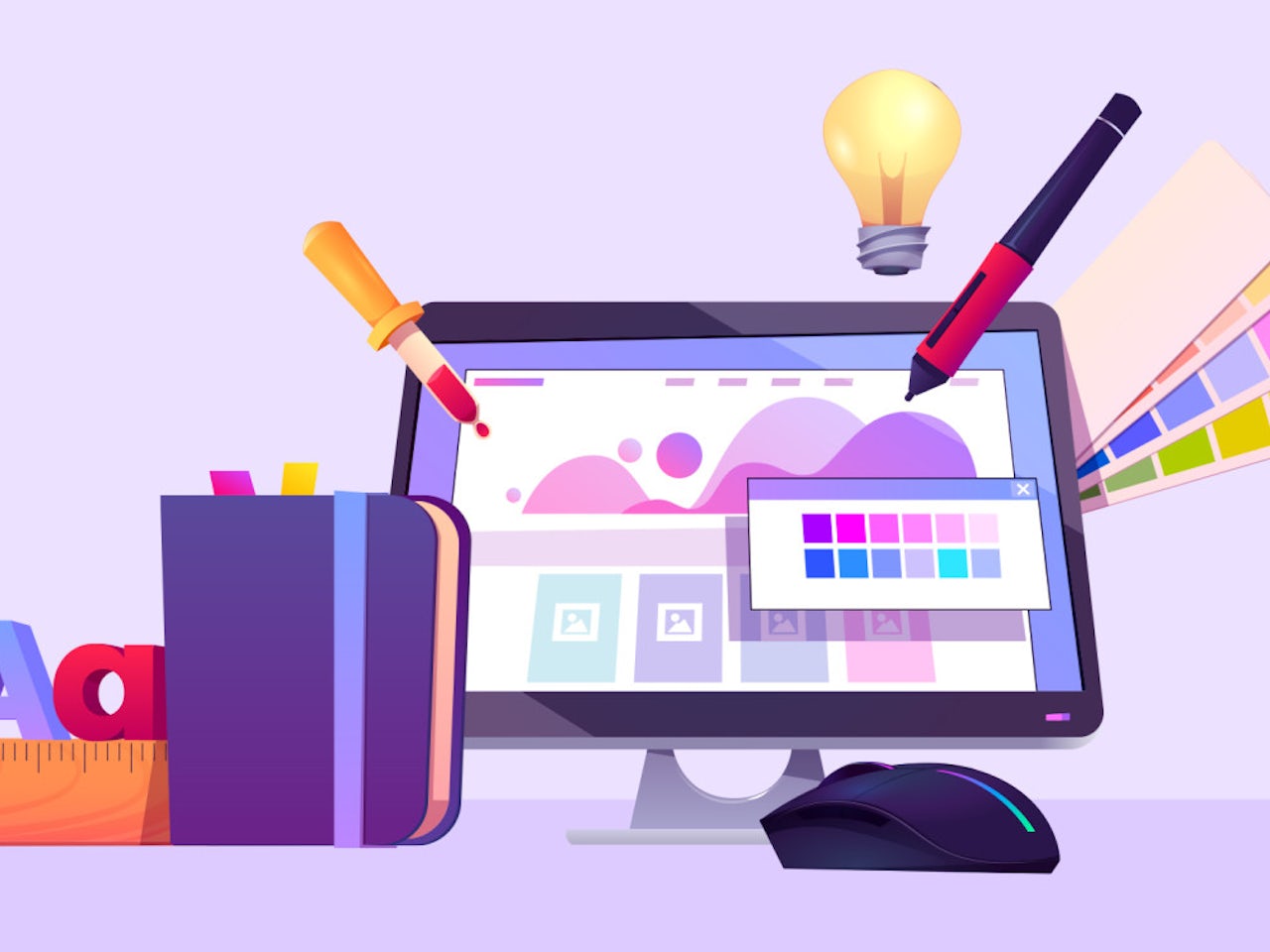Increase Engagement With Innovative Website Design Solutions
A thoughtfully crafted customer experience, underpinned by calculated visual style and interactive components, can significantly boost user involvement. By exploring various methodologies such as receptive design and tailored material, services can produce a system that not just mesmerizes users however also promotes lasting commitment.
Understanding Individual Experience
Recognizing individual experience (UX) is crucial for developing effective web site layout options, as it directly affects just how users engage with digital systems. A thorough UX technique includes numerous elements, consisting of customer, accessibility, and usability contentment, all of which contribute to the general efficiency of a web site.
To begin with, functionality concentrates on exactly how quickly individuals can navigate and find the information they seek. website design copyright. A well-structured layout, user-friendly navigation, and clear contact us to activity are basic parts that improve functionality. Accessibility guarantees that all individuals, consisting of those with disabilities, can effectively connect with the internet site. This includes making web content that is compliant with ease of access requirements and can be conveniently accessed utilizing assistive innovations.
In addition, understanding user characters is crucial for customizing the experience to satisfy certain audience requirements. By conducting customer research and screening, designers can collect insights that notify design decisions, making certain the site not just satisfies visual goals however also fulfills practical requirements. Inevitably, a thoughtful method to UX layout promotes interaction, urges retention, and enhances general customer satisfaction, which are essential for the success of any type of electronic system.
Visual Design Techniques
Including effective visual layout methods is crucial for catching individual focus and boosting the general user experience on a site. A well-balanced visual power structure guides users with the content, allowing them to quickly absorb and browse info. This can be attained via the strategic use of typography, color pattern, and spacing, which jointly develop a natural and interesting layout.
Color plays a critical function in developing and stimulating feelings brand name identification. Utilizing a balanced color combination that aligns with the brand name's values can foster familiarity and count on. Furthermore, integrating top notch photos and graphics enhances aesthetic allure and can significantly improve individual involvement.
Whitespace, often overlooked, is just as crucial as it allows web content to take a breath and stops overwhelming individuals with mess. It assists in much easier reading and comprehension, leading to a much more satisfying searching experience.

Interactive Components for Involvement

One secret aspect of interactive design is customization. Tailoring experiences based on user behavior and choices can significantly raise interaction. Personalized material suggestions or dynamic customer interfaces that adapt to specific options create a feeling of ownership and relevance, motivating users to discover additionally.
Gamification is another effective technique. Integrating game-like elements, such as success or benefits for finishing tasks, can transform mundane communications into enjoyable experiences. This technique not only increases engagement however also motivates individuals to return, creating a faithful target market.
Moreover, interactive elements can facilitate social sharing, amplifying a website's reach. Functions like remark sections, share buttons, and user-generated web content areas foster area communication, turning site visitors right into energetic participants (website design copyright). Inevitably, the strategic use interactive components is vital for producing a interesting and compelling web site that resonates with customers
Adaptive and receptive Layout
A properly designed internet site needs to focus on adaptive and responsive style to make certain optimum individual experiences throughout a variety of devices and screen sizes. Responsive layout employs fluid grids and versatile pictures, enabling the format to immediately change based on the customer's display dimension. This method ensures that users can easily navigate and communicate with the web content, no matter of useful reference whether they are making use of a desktop, tablet, or mobile phone.
On the other hand, flexible style uses predefined layouts that are tailored to specific device groups. This suggests that the web site identifies the kind of device being made use of and offers the suitable layout, which can enhance filling times and enhance the screen of important elements. While both methods aim to boost functionality, responsive layout is usually preferred for its fluidity and smooth shift between tools.
Including receptive and adaptive layout not just improves user fulfillment yet additionally positively influences internet Read More Here search engine rankings. Search engines focus on mobile-friendly websites, therefore raising exposure and attracting even more site visitors. Spending in these design methods is critical for services looking to involve their audience successfully and keep a competitive edge in today's digital landscape.
Analyzing Individual Responses and Data

Examining metrics such as bounce rates, time on web page, and click-through prices offers a measurable perspective on customer involvement. These metrics help designers recognize which web content reverberates and which locations may need optimization. A/B testing can be used to evaluate variations in design, enabling designers to make educated decisions based on customer interactions.
Including customer responses not just enhances web site use yet additionally cultivates a feeling of area and count go to this website on. Engaging with users through feedback loops cultivates loyalty and encourages repeat brows through. Inevitably, leveraging customer comments and information evaluation is essential to developing a vibrant, user-centered web site that adjusts to progressing customer requirements and choices, consequently driving higher engagement and complete satisfaction.
Conclusion
Finally, cutting-edge internet site style remedies significantly boost individual engagement by focusing on individual experience, using efficient visual strategies, and incorporating interactive elements. The implementation of receptive and adaptive layout makes sure ease of access throughout different gadgets, further promoting user communication. Continuous evaluation of customer feedback and data promotes ongoing renovations, causing sustained satisfaction and loyalty. Eventually, the convergence of these style concepts cultivates an interesting online environment, crucial for driving long-term customer participation and commitment.
A thoughtfully crafted individual experience, underpinned by tactical visual design and interactive aspects, can substantially improve customer involvement.Incorporating effective visual design approaches is necessary for recording customer focus and improving the general user experience on a site.User comments and information evaluation are crucial parts of effective website design, as they provide valuable understandings right into individual habits and choices. Inevitably, leveraging customer comments and data analysis is essential to creating a vibrant, user-centered internet site that adjusts to progressing individual requirements and choices, thus driving higher engagement and satisfaction.
In verdict, innovative website layout remedies dramatically boost individual engagement by focusing on user experience, utilizing reliable visual approaches, and integrating interactive aspects.